Lhasa is the capital of the Tibet Autonomous Region and the center of Tibetan politics, economics, culture, and religion. It’s located in the middle area of Tibet Plateau and the north side of the Himalayas. The very location made Lhasa one of the highest places in China, with an altitude of 3650m. The weather in Lhasa is quite comfortable as there are less rainfall and severe coldness. As the city can enjoy the sunshine for over 3000 days a year, people also regard Lhasa as the "Sunshine City."
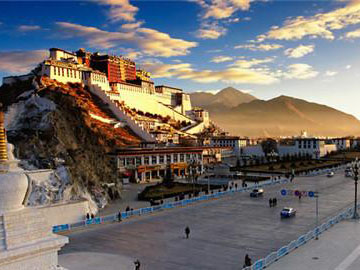
Spring (March - April): the spring in Lhasa can still be cold and snowy at an average temperature of 10 centigrade. 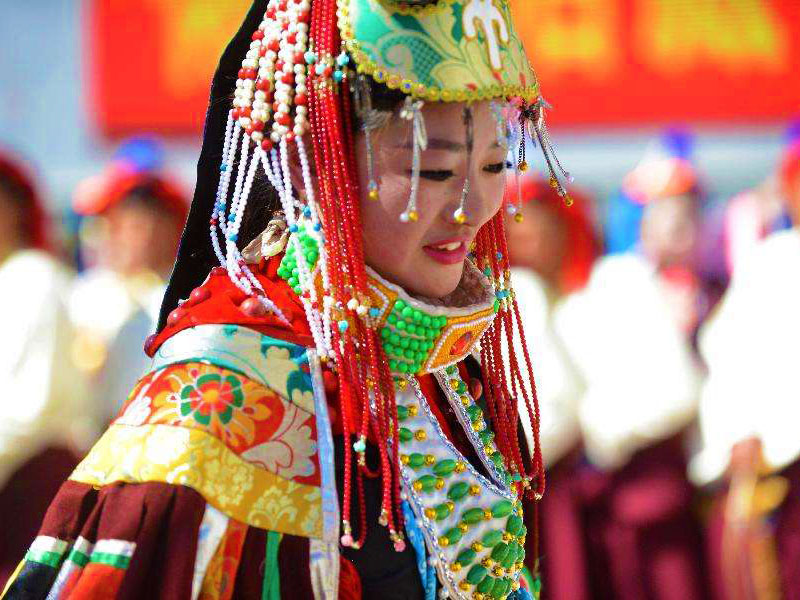 Therefore, some thick trousers, sweaters, jackets, thick underwear are necessary.
Therefore, some thick trousers, sweaters, jackets, thick underwear are necessary.
Summer (May-August): the Summer in Lhasa is quite comfortable at an average daily temperature of 25 centigrade. The daytime can be hot while the evening is quite chilly. Therefore, long-sleeved tops and thin trousers would be sufficient. It's not recommended to wear shorts as the ultraviolet ray is quite strong and it's not as hot as in other cities in Summer.
Autumn (September - October): it gets chilly again, but the autumn in Lhasa is quite short. The day time is still comfortable enough, but the morning and evening are a bit cool. Thus, thick pants, jackets, sweaters, and thick underwear are necessary.
Winter (November - February): the winter of Lhasa is long and cold. Therefore, a down jacket, thick pants, warm sweaters, hats, scarves, and gloves are in need.
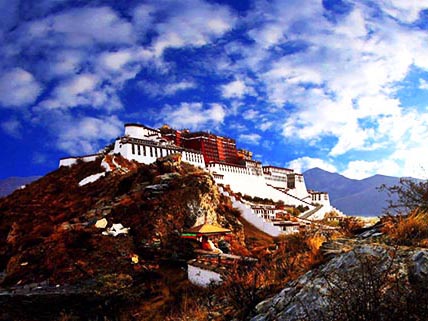 To strengthen the communication between Tibet and Tang Dynasty, Srongtsen Gampo married the princess Wencheng of the Tang Dynasty and added more buildings for the princess here. In the 9th century, the Tubo Dynasty regime was divided, and the palace was discarded. Since then, the Potala Palace only served as a religious center for the Gelug school.
To strengthen the communication between Tibet and Tang Dynasty, Srongtsen Gampo married the princess Wencheng of the Tang Dynasty and added more buildings for the princess here. In the 9th century, the Tubo Dynasty regime was divided, and the palace was discarded. Since then, the Potala Palace only served as a religious center for the Gelug school.
Jokhang Temple is located in the center of the old town of Lhasa. 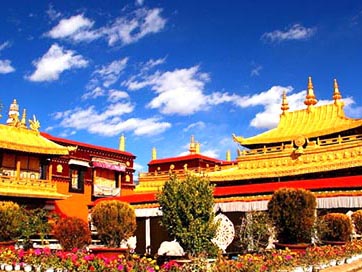 It was a special monastery built in 647 for Princess Wencheng from the Tang Dynasty to enshrine the golden Statue of 12-year-old Sakyamuni brought into Tibet by the princess. The whole temple was an architecture combining the styles of traditional Tang Dynasty, Nepal and Indian buildings magnificently decorated with copper spangle roofs. Inside the temple, the Sakyamuni Statue is accompanied by the statues of Princess Wencheng, Songtsen Gampo, and Princess Bhrikuti of Nepal. It's the first temple in Tibet, and it was initially built to enshrine Buddha statues and Tibetan scriptures. It doesn't belong to any specific religious school but acted as a sacred temple for all schools.
It was a special monastery built in 647 for Princess Wencheng from the Tang Dynasty to enshrine the golden Statue of 12-year-old Sakyamuni brought into Tibet by the princess. The whole temple was an architecture combining the styles of traditional Tang Dynasty, Nepal and Indian buildings magnificently decorated with copper spangle roofs. Inside the temple, the Sakyamuni Statue is accompanied by the statues of Princess Wencheng, Songtsen Gampo, and Princess Bhrikuti of Nepal. It's the first temple in Tibet, and it was initially built to enshrine Buddha statues and Tibetan scriptures. It doesn't belong to any specific religious school but acted as a sacred temple for all schools.
Situated in the north of Lhasa city, the Ramoche Temple is about 1000m from the Jokhang Temple. It's said that both temples were started and completed at the same time. The Ramonche Temple was built by the architects from the Tang Dynasty who came to Tibet with Princess Wencheng. Therefore the architecture resembled the Tang Dynasty buildings with the main gate facing the east, pinning the homesickness of the princess. 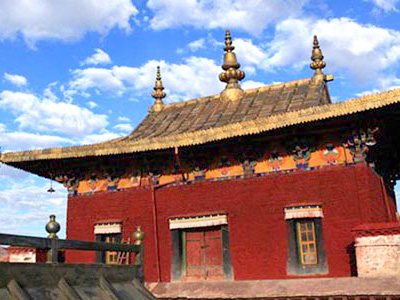 According to the book "Catalogue of Jokhang Temple" authored by the Dalai Lama the Fifth, the Ramoche Temple used to house the 12-year-old Statue of Sakyamuni brought into Tibet by Princess Wencheng from Chang'an. In contrast, the Jokhang Temple housed the 8-year-old Statue of Sakyamuni brought by the Princess Bhrikuti of Nepal. However, with the death of Srongtsen Gampo, Princess Wencheng moved the 12-year-old Statue of Sakyamuni to Jokhang Temple. The Ramoche Temple was damaged by fire a few times, and the buildings existing today are mostly rebuilt later. Only the divine shrine of the ground floor was the original architecture. The pillars inside the hall are carved with exquisite lotuses, grass, clouds, jewelry, and a six-character mantra. The major building of the temple has three floors. The ground floor is composed of a gate and courtyard, scripture hall, and Buddha hall three parts and surrounded by the circumambulation pathway. The third floor used to be where Dalai Lama lived. The golden roofs of the temple are examples of Tibetan and Han building styles.
According to the book "Catalogue of Jokhang Temple" authored by the Dalai Lama the Fifth, the Ramoche Temple used to house the 12-year-old Statue of Sakyamuni brought into Tibet by Princess Wencheng from Chang'an. In contrast, the Jokhang Temple housed the 8-year-old Statue of Sakyamuni brought by the Princess Bhrikuti of Nepal. However, with the death of Srongtsen Gampo, Princess Wencheng moved the 12-year-old Statue of Sakyamuni to Jokhang Temple. The Ramoche Temple was damaged by fire a few times, and the buildings existing today are mostly rebuilt later. Only the divine shrine of the ground floor was the original architecture. The pillars inside the hall are carved with exquisite lotuses, grass, clouds, jewelry, and a six-character mantra. The major building of the temple has three floors. The ground floor is composed of a gate and courtyard, scripture hall, and Buddha hall three parts and surrounded by the circumambulation pathway. The third floor used to be where Dalai Lama lived. The golden roofs of the temple are examples of Tibetan and Han building styles.
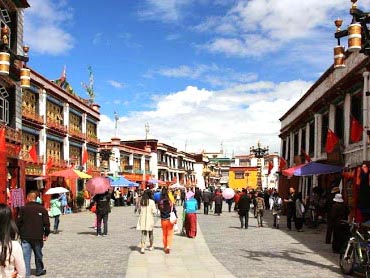 Walking along the round street, visitors can frequently encounter worshipers progressing by body-lengths on the street clockwise. Coming here, you can feel a strong sense of religious flavor by experience the "one step one kowtow" religious faith.
Walking along the round street, visitors can frequently encounter worshipers progressing by body-lengths on the street clockwise. Coming here, you can feel a strong sense of religious flavor by experience the "one step one kowtow" religious faith.Beyond religious taste, you can also find many exotic articles and cultural relics. As a shopping and commercial center of Lhasa featuring strong Tibetan characteristics, there are over 120 handicraft shops and more than 200 stalls. One can buy great souvenirs from them, including sacks of incense, chunks of yak butter, monk outfits, prayer flags, butter lamp, scriptures, prayer beads, ornaments, Tibetan costumes, food, Thangka, handkerchiefs, and local specialties. Meanwhile, the street is a site surrounded by ancient buildings, such as mosques, Sutra Printing House, nunnery, Gyume, etc. Wandering in the street, one may feel like walking through the long history of Tibet.
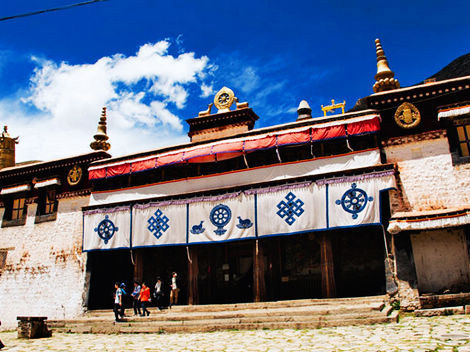 Covering an area of 114,946 square meters (28 acres), the Sera Monastery is grand and majestic, composed of Coqen Hall, Zhacang (college), and Kamcun (dormitory). There are also three colleges - Sera Mey Dratsang, Sera Jey Dratsang, and Ngagpa Dratsang. They are built for fundamental instruction giving, wondering monks' reservation, and the Gelukpa tantras teaching, respectively. In 1959, the monastery housed about 5000 monks, but now, only a few hundred remained.
Covering an area of 114,946 square meters (28 acres), the Sera Monastery is grand and majestic, composed of Coqen Hall, Zhacang (college), and Kamcun (dormitory). There are also three colleges - Sera Mey Dratsang, Sera Jey Dratsang, and Ngagpa Dratsang. They are built for fundamental instruction giving, wondering monks' reservation, and the Gelukpa tantras teaching, respectively. In 1959, the monastery housed about 5000 monks, but now, only a few hundred remained. Originated from the Tibetan language, "Sera" means "Wild Roses" that blossom in the back hill of the monastery upon its building. Coming here, visitors can not only view the beautiful landscape but also observe the monk debate inside the shady courtyard behind the main temple. They may clap, turn, whoop, holler, and throw their prayer beads about to deliver their opinions. Tourists may also be dragged into the debate. It will be interesting to watch the debate.
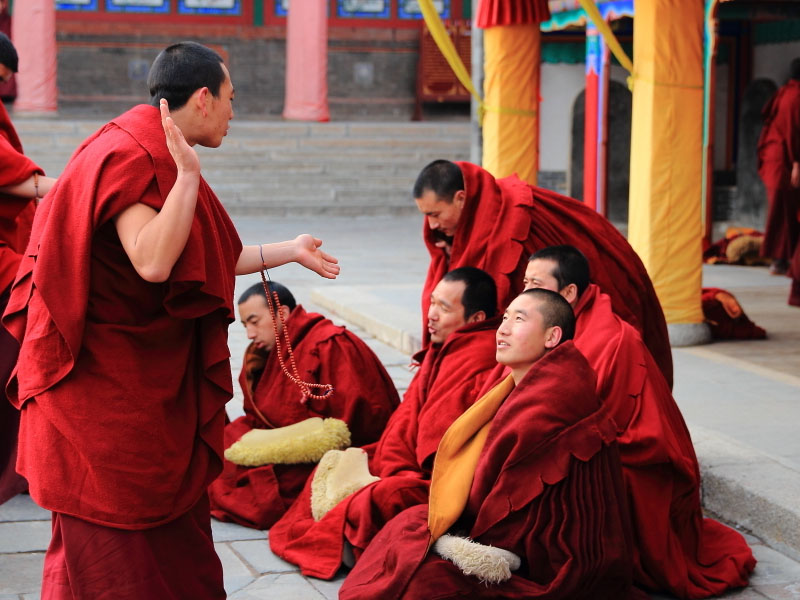 From afar perspective, white buildings in the monastery appear like a heap of rice. Hence it was named "Drepung" (collecting rice in English), representing harvest and prosperity.
From afar perspective, white buildings in the monastery appear like a heap of rice. Hence it was named "Drepung" (collecting rice in English), representing harvest and prosperity.Like a grand and most important monastery in Lhasa, the Drepung Monastery covers an area of 250,000 square meters (299,007 square yards). It has housed nearly 10,000 monks, owned 141 fazendas and 540 pastures in its prime days. It is also a collection of Buddhist chapels and colleges known for its academic study. People praise the Monastery as Nalanda of Tibet, comparing it with the great Buddhist monastic university in India. There are seven division colleges here, including Gomang, Loseling, Deyang, Shagkor, Gyelwa, Dulwa, and Ngagpa; each is dedicated to the teaching of different aspects, covering lineages, and traditional geographical affiliations. The monastery also homes a lot of historical and cultural relics and Buddhist classics. Wandering here, visitors can enjoy the natural landscape and view the cultural heritage left by Tibetan ancestors.
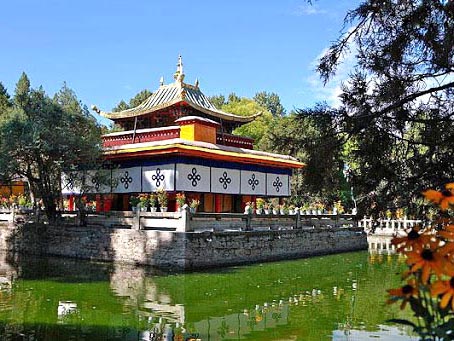 They can deal with political matters, host big festivals, and spend the hot summer here. The original garden was destroyed in the Cultural Revolution, but the new garden was built in 1956 by the present Dalai Lama. After several times of renovations and expansions, the palace was grander with pavilions, gardens, and woods.
They can deal with political matters, host big festivals, and spend the hot summer here. The original garden was destroyed in the Cultural Revolution, but the new garden was built in 1956 by the present Dalai Lama. After several times of renovations and expansions, the palace was grander with pavilions, gardens, and woods.Covering an area of 360,000 m² with 374 rooms in various styles inside, Norbulingka is composed of several palace complexes, including Takten Migyur Potrang, Kelsang Potrang, Golden Linka, and Tsokyil Potrang; while each complex consists of three parts, one is the palace, one is the part in front of the palace, and the last one blocks of wood. Visitors can enjoy the most spectacular scenery here. At the same time, Norbulingka is also a Palace full of cultural relics, such as treasured murals, religious scriptures, and other invaluable cultural relics. One can also feel the festive atmosphere if he/she comes here in late June and early July, a season for Shoton Festival.
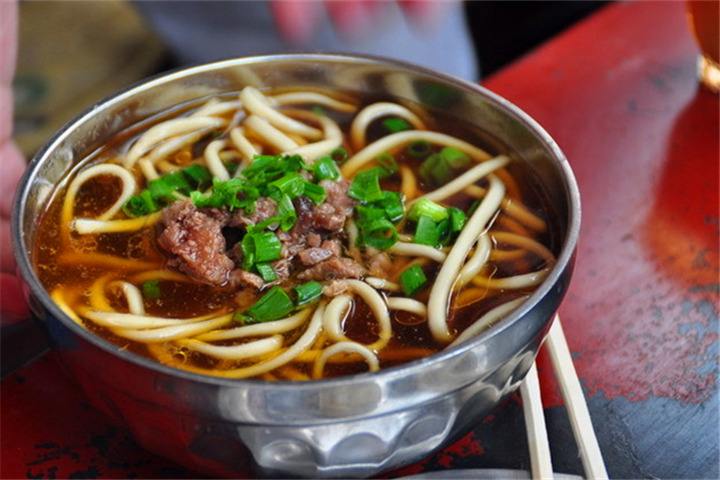
Sweet Tea: It’s a kind of nutritious tea made of black tea, milk, and sugar.
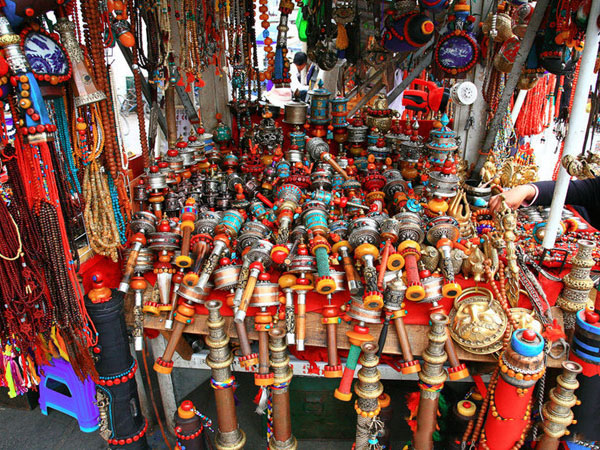
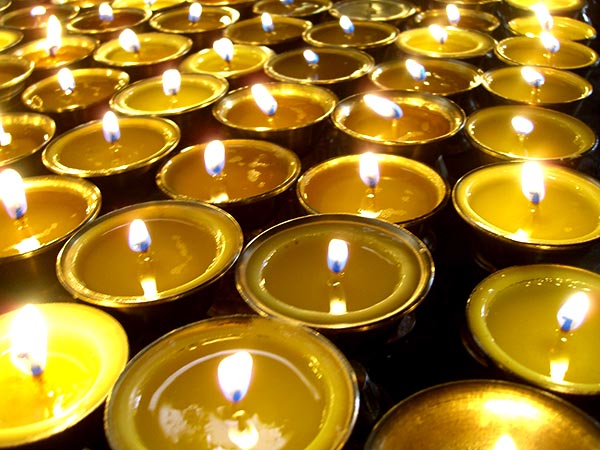
6)Prepare cold medicines, bottled water, and easily digestible food.
5)Wear skin cream;
5.Prepare warm clothes for the night;
6.Prepare a first-aid kit with medicines.
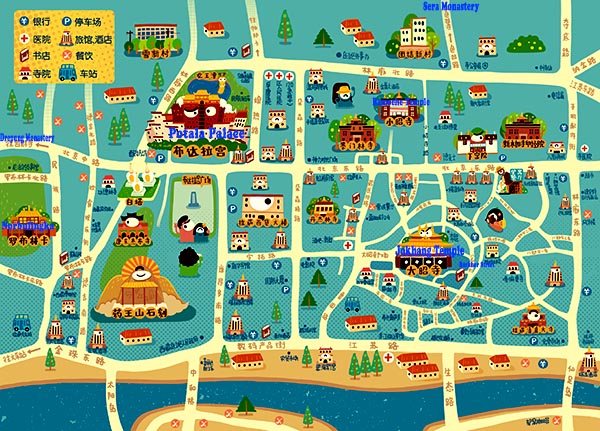
8 Days Tibet Discovery Tour from Xining
6 Days Tibet Culture Tour to Lhasa and Tsedang
8 Days Mt.Everest Base Camp Tour from Lhasa
Copyright © 2019 Lily Sun China Tours International, Inc. Terms &conditions | Privacy Policy | Sitemap